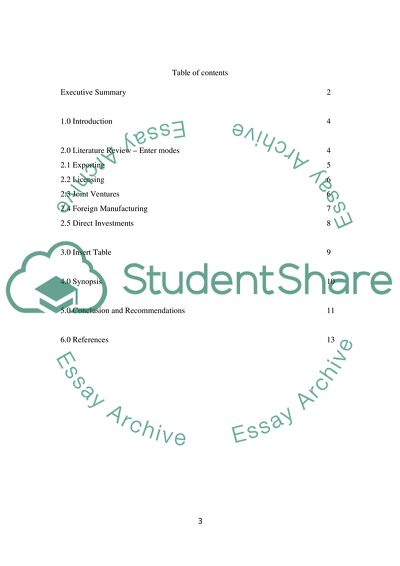Cite this document
(“Strategy enter mode Essay Example | Topics and Well Written Essays - 3000 words”, n.d.)
Strategy enter mode Essay Example | Topics and Well Written Essays - 3000 words. Retrieved from https://studentshare.org/marketing/1617160-strategy-enter-mode
Strategy enter mode Essay Example | Topics and Well Written Essays - 3000 words. Retrieved from https://studentshare.org/marketing/1617160-strategy-enter-mode
(Strategy Enter Mode Essay Example | Topics and Well Written Essays - 3000 Words)
Strategy Enter Mode Essay Example | Topics and Well Written Essays - 3000 Words. https://studentshare.org/marketing/1617160-strategy-enter-mode.
Strategy Enter Mode Essay Example | Topics and Well Written Essays - 3000 Words. https://studentshare.org/marketing/1617160-strategy-enter-mode.
“Strategy Enter Mode Essay Example | Topics and Well Written Essays - 3000 Words”, n.d. https://studentshare.org/marketing/1617160-strategy-enter-mode.


